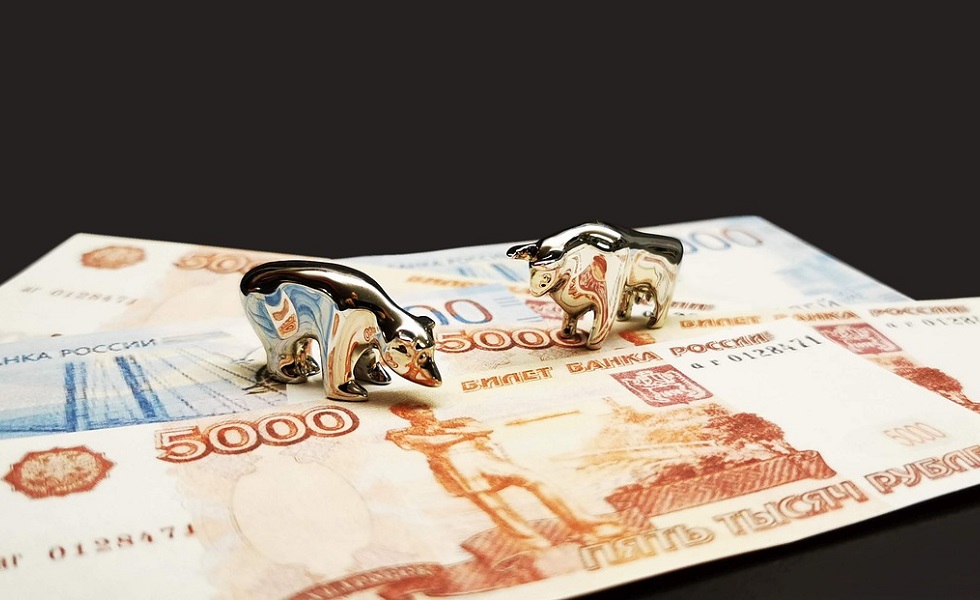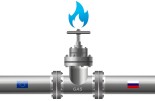HFR: Russia index plunges, then resurges as exchange reopens
HFR: Russia index plunges, then resurges as exchange reopens

Emerging Markets hedge funds extended 1Q declines through May, with losses driven by exposure to Russian assets as well as the impact of global inflation, rising US interest rates and slowing economic growth.
The HFRI EM: Russia/Eastern Europe Index plunged -50.6 percent YTD through April before surging +14.7 percent in May to pare YTD losses to -43.3 percent. Russian assets had plunged in value as the stock exchange closed and the Rouble posted steep losses before regaining some of the losses as the Russian Stock Exchange partially reopened. In addition to these geopolitical risks, global inflationary pressures increased to generational highs and the US Federal Reserve aggressively raised interest rates
The HFRI Emerging Markets (Total) Index declined five consecutive months to start the year, falling -10.2 percent YTD through May, as reported today with the releases of the HFR Asian Hedge Fund Industry Report and the HFR Emerging Markets Hedge Fund Industry Report from HFR®, the established global leader in the indexation, analysis and research of the global hedge fund industry.
The investable HFRI 500 Fund Weighted Composite Index, which includes funds across all regions in both Emerging and Developed markets, declined -1.4 percent YTD through May, with gains in uncorrelated Macro strategies offset by declines in higher beta Equity Hedge exposures. The HFRI 500 Macro Index has surged +14.3 percent YTD through May, while the HFRI 500 Equity Hedge Index has declined -9.1 percent over the first five months of the year. Total Emerging Markets hedge fund assets declined to $258.3 billion in 1Q22, down from the year end 2021 AUM record of $276.4 billion.
While Russian-focused hedge funds plunged to begin 2022, other EM regions posted mixed performance as oil prices spiked. The HFRI EM: Latin America Index advanced +6.9 percent over the first five months of the year, while the HFRI EM: MENA Index declined -2.4 percent, and the HFRI EM: China Index fell -17.6 percent YTD through May. Total capital invested in Asian hedge funds fell to $134.9 billion in 1Q22, down from $138.8 billion to end 2021.
Hedge funds with high exposure to cryptocurrency across EM regions including Korea, Russia, China, and the Middle East (as well as Japan) have navigated soaring volatility and steep declines , as the HFR Cryptocurrency Index plunged -35.3 percent YTD through May, this after the index vaulted +240.6 percent in 2021.
“Emerging Market hedge funds have navigated unprecedented geopolitical and macroeconomic volatility across asset classes with the dual catalysts of the Russian invasion of Ukraine, as well as generational inflation, which has also resulted in rising interest rates, soaring commodity prices, supply chain constraints and a slowing global economy,” stated Kenneth J. Heinz, President of HFR.
“As of mid-year, these financial market risks remain both fluid and highly uncertain, with ongoing military conflict in Russia, expectations for continued interest rate increases and continued economic slowing. Leading global institutions and investors looking to preserve capital and navigate this volatility and to identify opportunities in EM and Cryptocurrency hedge funds are likely to drive capital growth and recovery in 2022.”

